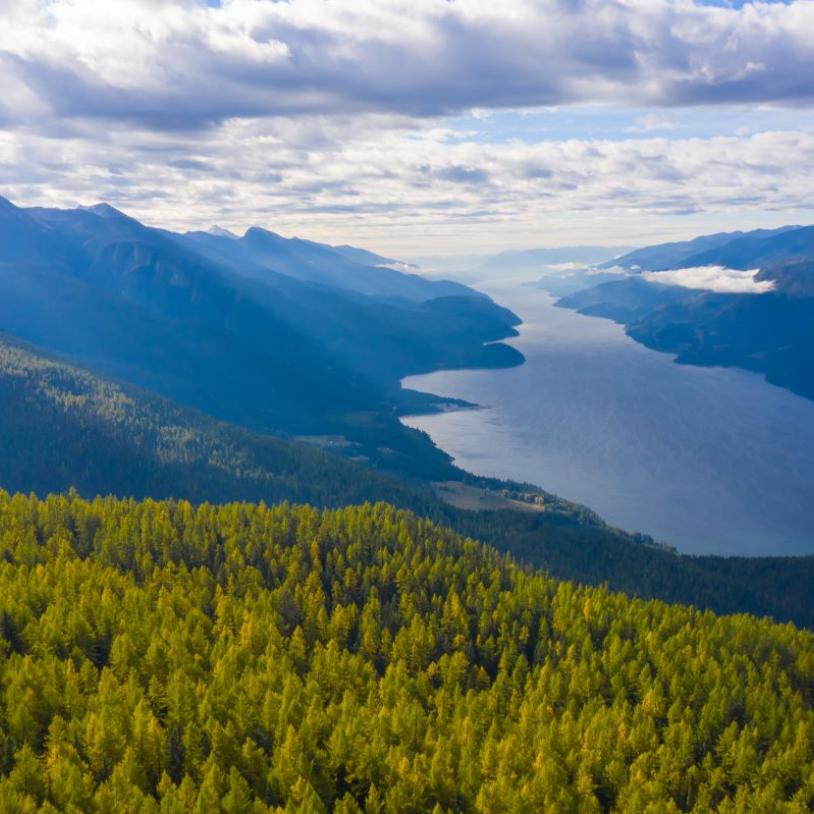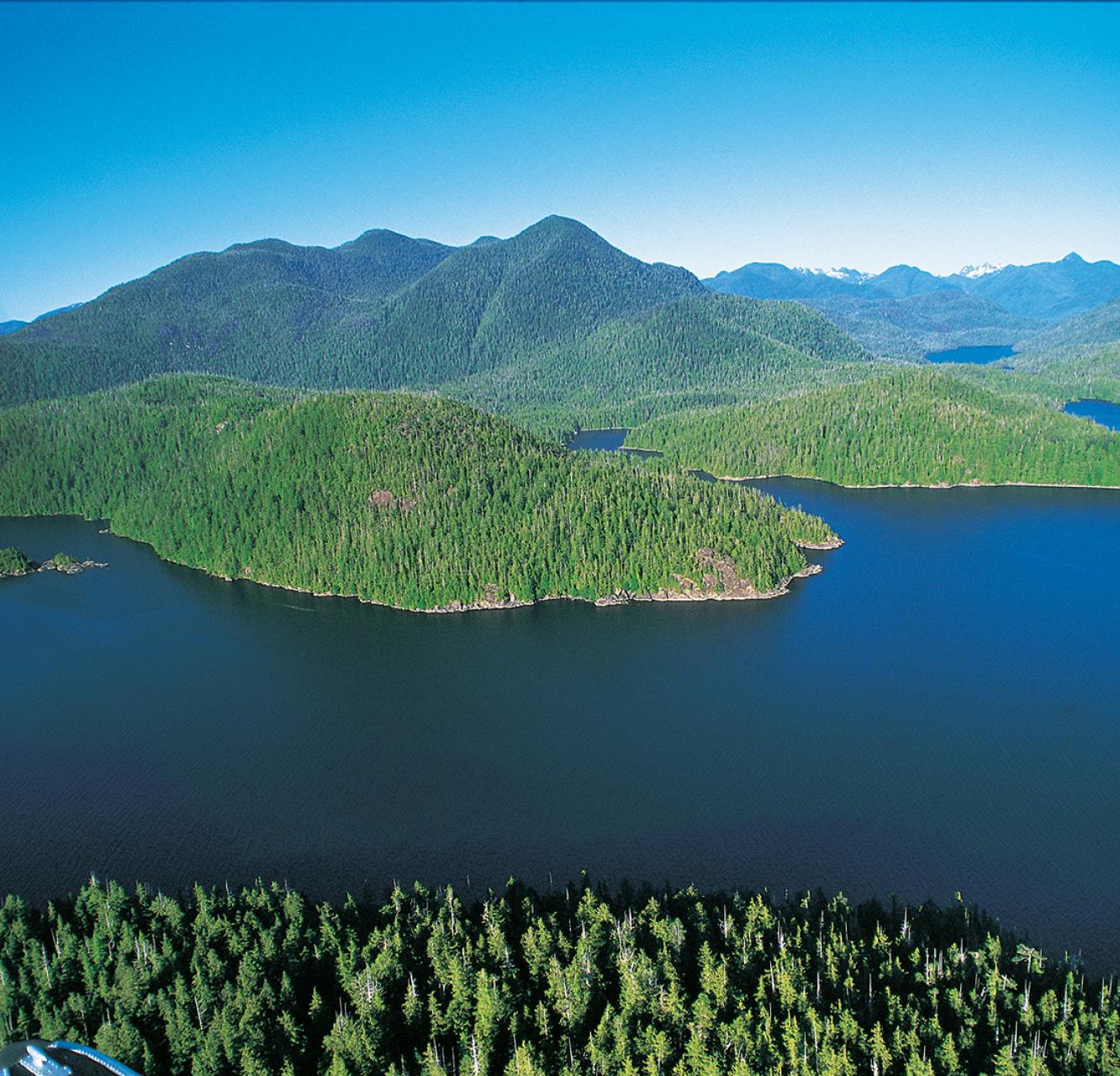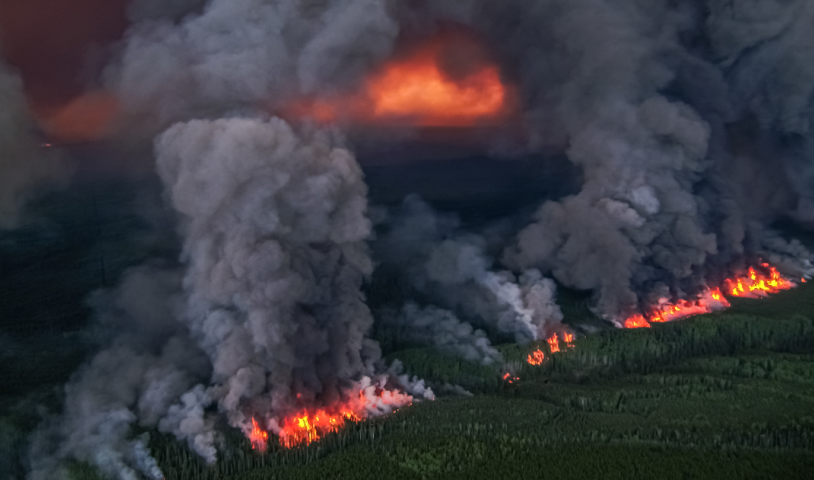‘Major deficiency’ found in environmental document related to revised Taseko mine plan: federal panel
Thursday, November 29, 2012
A federal review panel has put the brakes on Taseko’s planned New Prosperity mine in the Chilcotin, citing a “major deficiency” in the company’s environmental-impact statement.Panel chair Bill Ross, in a letter to Taseko posted on the Canadian Environmental Assessment Agency website, writes that the issue concerns the company’s approach to the assessment of cumulative environmental impacts.
“The approach excludes a number of valued ecosystem components and key indicators from the cumulative-effects assessments,” he said.
The panel says it wants to know the impact of the proposed mine “in combination with other past, present or reasonably foreseeable projects or activities,” and makes special note of past logging practices.
Taseko has responded with its own letter expressing both disappointment and disagreement with the panel’s decision.
John McManus, Taseko’s senior vice-president of operations, says it is “discouraging that the panel has used an apparent technicality to stop the timeline remaining for the panel to complete its review.”
He noted that a previous federal panel review of Taseko’s earlier environmental-impact statement in 2009 expressed concerns over cumulative impacts related to fish and grizzly bears but he argued that the company’s revised statement addresses those concerns.
McManus said the company disputes the decision and insists “there is no need to complete additional cumulative-effects assessments....”
The panel states that Taseko, in determining when a cumulative-effects assessment is required, relies, in part, on the following condition being met: “There is a reasonable expectation that the project’s contribution to cumulative environmental effects will affect the viability or sustainability of the resource or value.”
The panel believes that by applying that condition, valued ecosystem components or key indicators for which “a cumulative-effects assessment is required by the Act have been excluded.”
Ross noted that on Sept. 27, 2012, the panel confirmed it had received Taseko’s environmental-impact statement and initiated a 45-day public comment period that ended on Nov. 11. He said Taseko must now provide information related to the identified deficiency along with other pending requests before the panel can determine if the environmental-impact statement is “sufficient to proceed to public hearing.”
Taseko’s environmental-impact statement asserts that the “mine development is not located in high value grizzly bear habitat. Regardless, the revised mine site layout reduces the impact to grizzly bears as hectares of bear habitat disturbance are reduced and less fragmented.”
Marilyn Baptiste, chief of Xeni Gwet’in, a Tsilhqot’in band, said in response Wednesday that the panel’s comments support her own views about Taseko’s latest statement.
“I’m not surprised,” she said.” There are deficiencies and I can’t begin to imagine the magnitude of them. This company doesn’t seem to be able to ... carry out its responsibilities for this project.”
Joe Foy of the Wilderness Committee, which is being sued by Taseko for allegedly defamatory comments posted on the environmental group’s website, called the panel’s letter “very interesting” and argued the revised statement does not significantly allay concerns over grizzlies.
This is just the latest roadblock for Taseko’s planned $1.1-billion gold-copper mine, about 125 kilometres southwest of Williams Lake.
The company’s original plan, which would have drained Fish Lake and stored waste rock and dirt on the dry lake bed, was rejected in 2010 by a federal panel due to “significant adverse environmental effects on fish and fish habitat, on navigation, on the current use of lands and resources for traditional purposes by first nations,” as well as adverse cumulative effects on grizzly bears in the south Chilcotin.
The B.C. Environmental Assessment Office gave the green light to the development.
Taseko’s revised environmental-impact statement lays out how it will preserve a lake that has been a flashpoint for First Nations.
Under the new plan, waste rock and dirt will now be trucked and stored north of Fish Lake.
A tailings pond, which will store potentially acid-producing mill waste, will be moved upstream two kilometres from Fish Lake.
The new plan will alter the watershed’s natural drainage. The tailings pond will limit water flow into Fish Lake, and the outflow of the lake will be cut off by the open mine pit downstream.
Taseko president Russell Hallbauer wrote optimistically in The Vancouver Sun on Sept. 21 about the company’s new environmental-impact statement.
He described a $300-million commitment to mitigate environmental impacts and “protect Fish Lake now and in the future.” He said that multiple environmental engineering firms “recognized throughout the world as being among the best in their fields” had concluded “there will be no significant adverse environmental effects associated with New Prosperity.”
The open-pit mine would have an average annual production of 108 million pounds of copper and 247 thousand ounces of gold production over a 20 year mine life, according to the Canadian Environmental Assessment Agency website.





